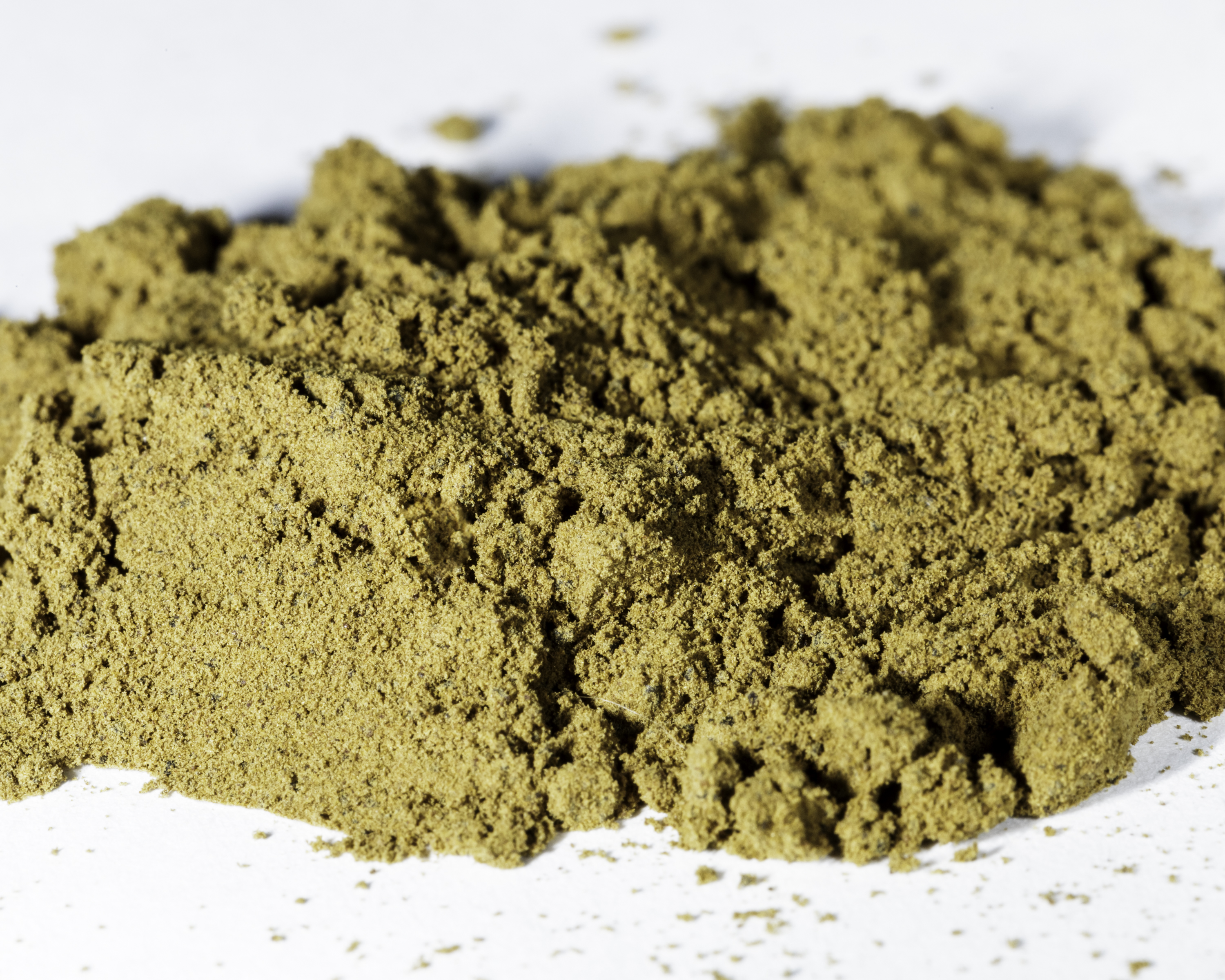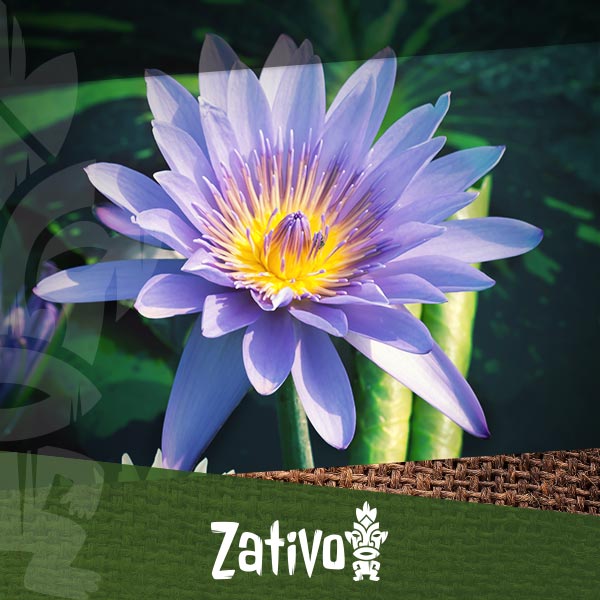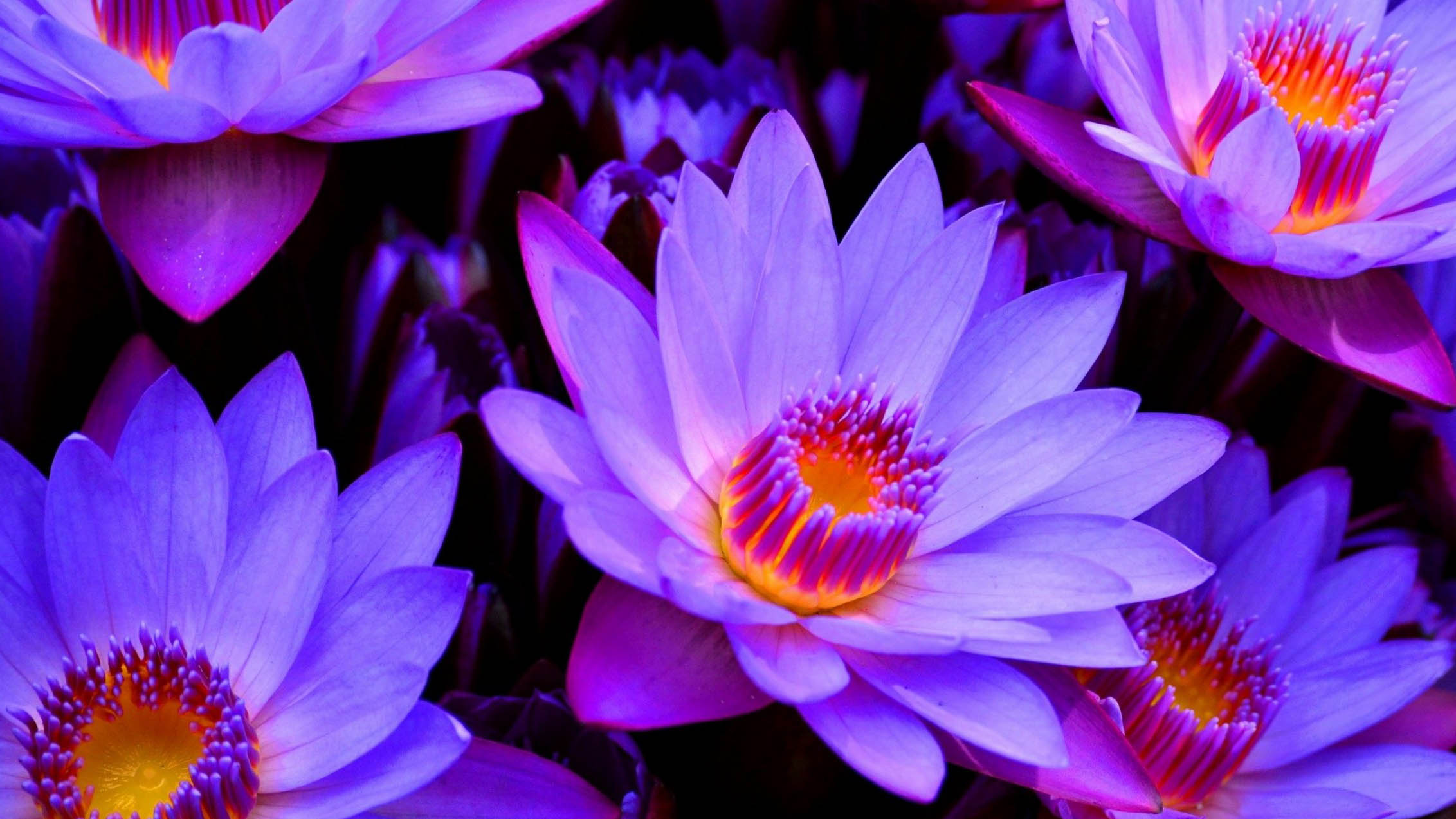
Nymphaea caerulea, haven’t seen it get much love on here druggardening
Blue lotus flower (Nymphaea caerulea) is a psychoactive plant,. The two main compounds responsible for the flower's psychoactive and medicinal effects are apomorphine and nuciferine.

Nymphaea by zakharovaelvira on DeviantArt
TRADITIONAL EFFECTS: Nymphaea caerulea contains apomorphine, a dopamine agonist, as well as nuciferine, nupharine, and nupharidine. The flowers have also yielded a variety of alkaloids, including kaempferol, which has MAOI properties (Voogelbreinder 2009, 247).

How to pronounce Nymphaea caerulea in Latin
Blue lotus (Nymphaea caerulea) is a type of water lily that is native to Egypt. It grows in wet soil surrounding lakes and rivers and is widespread along the banks of the Nile.. Most blue lotus effects are due to the presence of apomorphine and nuciferine. However, the plant also contains various other active components, including flavonoids.

Nymphaea Caerulea YouTube
Blue Lotus (Nymphaea caerulea) is a beautiful, water dwelling flower with mild psychoactive properties. Sacred to the Ancient Egyptians, depictions of Blue Lotus flower are ubiquitous in Egyptian art. Though alluring to our modern imaginations and worth further investigation, Blue Lotus is rarely used in Western herbalism as it is not currently a well understood

Nymphaea caerulea. Tropical waterlily middle Stock Photo Alamy
Noteworthy Characteristics. Nymphaea caerulea, commonly known as blue lotus or sacred blue lily of the Nile, is a tropical water lily that features day-blooming, star-shaped flowers (to 4-6" across), each with upright, pointed, light blue petals spread flat on the water surface.Each leaf is connected directly to the plant rhizomes by a long leaf stalk (petiole).

Blue Lotus Flower Uses, Benefits, and Safety Blue lotus flower, Lotus flower images, Blue lotus
Blue lotus flower (Nymphaea caerulea) is a plant with psychoactive compounds that affect the central nervous system, causing alteration in brain function.Blue lotus is commonly sold as a dried plant, tea, and extract used in electronic cigarettes. Increased psychoactive use brings many questions about its legality, safety, and physical and mental health effects.

Blue Lotus (Nymphaea caerulea) is a beautiful, water dwelling flower with mild psychoactive
Nymphaea caerulea, most often referred to as blue lotus, is a water lily known to man since Ancient Egypt. Back then, it was used in spiritual rituals due to its stimulant and aphrodisiac properties.. Instead, effects are more subtle and well-rounded. The prized sedative outcomes of the lotus come from its natural antispasmodic properties.

Nymphaea Caerulea 50x Extract NDG Botanicals
Brightening and Hydrating Effects. The Blue Lotus flower (Nymphaea caerulea) is known for its anti-inflammatory and soothing properties, as well as its brightening and hydrating properties, which are highly valued in skincare. These effects contribute to healthier, more vibrant skin in the following ways: Brightening Effects:

Pin on XROADS
Description. Complete Nymphaea lotus L. specimen with scale bar (50 cm) on a white background. This species of water lily has lily pads that float on the water and blossoms that rise above the water. [citation needed] It is a perennial, growing to 45 cm in height. The flower is white, sometimes tinged with pink. [citation needed]

Pin on The Most Fascinating Flowers
What is Blue Lotus Flower (Nymphaea caerulea)?. Some common side effects of blue lotus may include dizziness, nausea, vomiting, dry mouth, and constipation. It is important to start with a small dose and gradually increase your dose over time to reduce the risk of side effects. High doses have been known to raise heart rate and cause flush.

Blue Lotus What It Is And How To Consume It Zativo
The dried flowers of the Blue Lotus plant are smoked or steeped in a tea in order to give the user a sense of peaceful relaxation. Blue Lotus is noted for its calming euphoria, aphrodisiac qualities, and sedation. Blue Lotus (Nymphaea caerulea) is a sedative plant also known as Blue Water Lily, Egyptian lotus and the Sacred Lily of the Nile.

Nymphaea Caerulea on Behance
ABSTRACT. Plant extracts and other novel psychoactives can be ingested, vaped, injected, or insufflated. This includes products such as extracts from the blue lotus flower (Nypmhaea caerulea), which is known to produce euphoria and hallucinations at high doses.Blue lotus is sold in several forms, including dried plant material, teas, and extracts for use in electronic cigarettes.

Organic Blue Lotus Nymphaea Caerulea Flower 100 Organic ceylon herb eBay Blue lotus flower
Blue lotus high. After much speculation, blue lotus has recently been proven to contain the psychoactive alkaloid apomorphine, as well as nuciferine in some varieties. Both of these compounds act upon the central nervous system and in the right dose can 'get the user high'. The blue lotus effects have been likened to a natural MDMA-type.

Nymphaea caerulea Blue Lotus Flower of the Ancients
Nymphaea caerulea (Egyptian Blue Water Lily) is a day-blooming aquatic perennial boasting rounded green leaves, up to 16 in. (40 cm), with a notch at the leaf stem. Floating on the surface of the water, they create a lovely backdrop for the star-shaped flowers, 4-6 in. across (10-15 cm). Each blossom features upright, pointed, light blue petals surrounding a conspicuous bouquet of golden stamens.

The benefits of Blue Lotus Flower (Nymphaea Caerulea) — Kades Healthy Products and Testing LLC
Nymphaea Caerulea, known as the blue lotus flower. Originally founded on the banks of the river Nile, the Nymphaea caerulea, also called the blue lily is found all over the world, including the Indian sub-continent.. The Blue Lotus generally produces mild psychoactive effects that are shown to have a "divine" essence, which brings upon the.

Nymphaea Caerulea Caerulea, Water lilies, Flower power
Nymphaea nouchali var. caerulea, is a water lily in the genus Nymphaea, a botanical variety of Nymphaea nouchali.. It is an aquatic plant of freshwater lakes, pools and rivers, naturally found throughout most of the eastern half of Africa, as well as parts of southern Arabia, but has also been spread to other regions as an ornamental plant.It was grown by the Ancient Egyptian civilization, and.